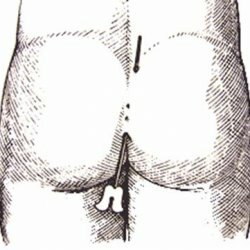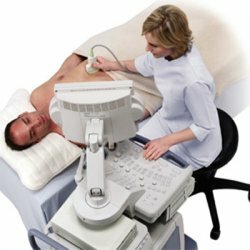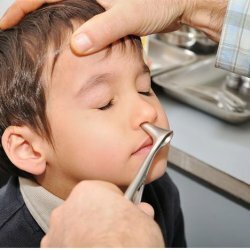Narcotic pain relievers after operations

Postoperative period.
It is known that the course of the postoperative period depends on the adequacy of the choice of intraoperative anesthesia. In particular, pay attention to the methods of surgical anesthesia, which are based both on the ballot, and the special selection and use subnarkoticheskih doses of pharmacological agents that act strictly on the structures of the central nervous system, which is necessary.
To reduce the intensity of endocrine-metabolic response to surgical trauma, there are two ways: first - this afferent blockade, which is produced with the help of regional anesthesia and epidural or spinal analgesia, narcotic analgesics after surgery or by inhibiting hypothalamic functions that help inhibit narcotic painkillersFunds after surgery. The second way is to reduce the use of own substrates of the body due to exogenous introduction of them.
Operational stress does not end after the end of the operation. That is why systematic monitoring of the state of the organism of the operated person is necessary. Quite often, after long, extensive or traumatic operations, intensive treatment should be performed in a timely manner.
There are six main steps that are aimed at restoring the body after surgery.
- In the first stage, the consciousness of the operated person is evaluated and the necessary measures are taken to restore the body.
- The second stage involves evaluating the function of external respiration. At this stage, it is determined whether there is a need for extubation or prolongation of mechanical ventilation. Prevention and therapy of acute respiratory failure( with indications) is carried out.
- At the third stage, activities are carried out that are aimed at stabilizing and maintaining cardiac activity of the systemic circulation. If necessary, action is taken against hypovolemia.
- Next is the fourth stage, where it is necessary to monitor and timely diagnose possible postoperative complications that may require repeated surgical intervention.
- control and correct violations of water-electrolyte metabolism, CBS, and metabolism( which includes the restoration of the gastrointestinal tract, as well as early enteral or parenteral nutrition).This is the fifth stage of recovery.
- to last stage refers conduct etiological and patonegeticheskoe therapy( this includes the prevention of thromboembolic complications, antibiotic therapy, and glucocorticoids, etc.).
From postanesthetic depression of the central nervous system that is caused by the action of anesthetics, as well as anticholinergic drugs can be eliminated by means of specific antagonists. From the factor, which appeared due to the fact that narcotic painkillers were used after the operation, differential diagnostics can be eliminated with naloxone. It is considered inappropriate to use non-specific analeptic agents in connection with the risk of their use( risks include seizures and repeated loss of consciousness) is significantly higher than both diagnostic and therapeutic value of these drugs.
Postoperative awakening.
In the postoperative period, emotional reactions( about 3-5% of patients) are observed immediately after it is awakened. Characteristic signs of postoperative awakening include disorientation, moaning, motor anxiety, incoherent speech. A number of factors precede the appearance of delirium upon awakening.
What is used?
A relationship between the excitation frequency and the area of operative intervention was detected and confirmed. For example, after operations on the upper respiratory tract, thyroid gland, upper abdomen floor, genital organs, after thoracic operations, cases of excitation often occur. The dependence of this complication also depends on the method of anesthesia and on what drugs were used during anesthesia. If you are using ketamine, the frequency of post-amnotic awakening ranges from nine to forty percent or more. The use of droperidol and derivatives of diazepam only reduces the frequency and severity of such reactions. Most often, excitement when awakening occurs in those who are young and physically developed. It is already known that the development of delirium directly depends on the duration of anesthesia. For example, the frequency of development of post-canker excitation increases after operations that last more than four hours. There are two options how to calm an operated patient - from non-drug it's hypnosis, from medications - narcotic painkillers after operations.
The psychophysiological status after general anesthesia comes to an end already by the end of the first day of the post-canker period. If the ether was used during the operation, then as the anesthesia time increased, there was a tendency for a pronounced and prolonged decline in the level of wakefulness( if compared with neuroleptanalgesia or anesthesia with fluorotane).
Narcotic painkillers after surgery( such as morphine, fentanyl, pyrithramide, and others) are used more for both medical and intraoperative anesthesia. The most pronounced and dangerous side effect of these drugs is the patient's respiratory depression. For example, if you inject 100-300 micrograms of fentanyl intravenously, both acute respiratory depression and its arrest may occur. Fentanyl is much weaker than morphine( the depressant effect of the first drug can last about fifteen to twenty minutes).This makes fentanyl a more controlled drug, which allows you to repeatedly enter it during general anesthesia.



